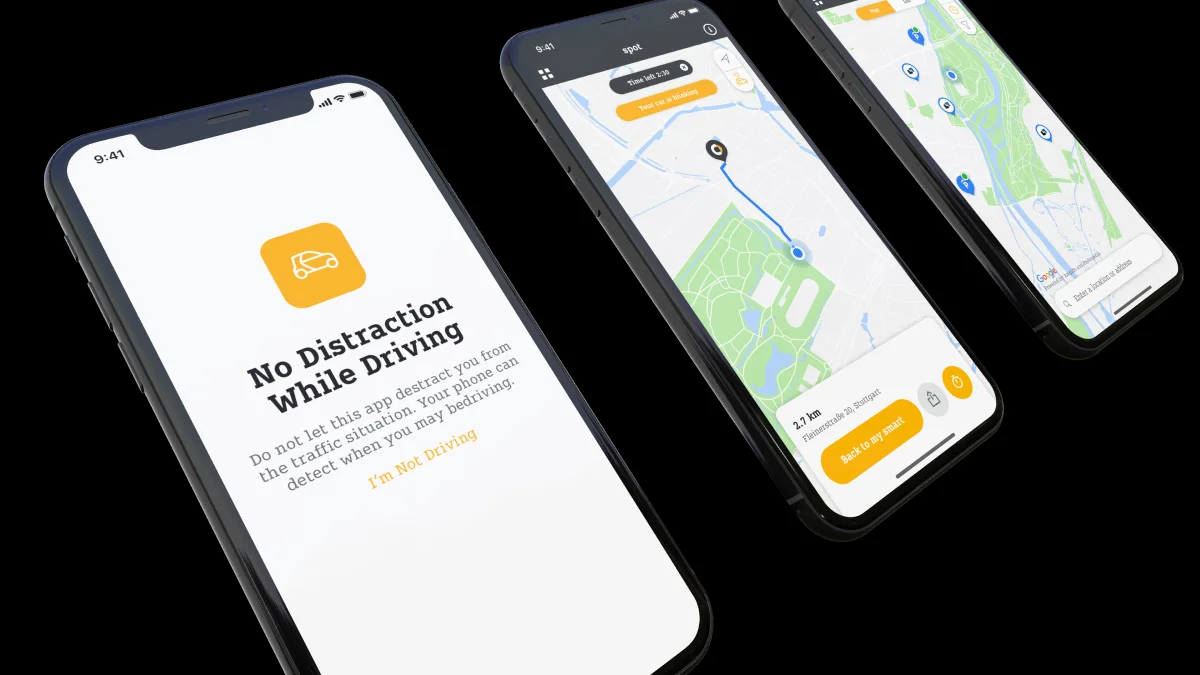IBM + Daimler
Designing the future of urban mobility
When Daimler set out to evolve Smart from a car brand into a mobility platform, the goal was bigger than a new app or dashboard. It was about redefining what owning a car meant in modern cities—less about possession, more about connection.
Working with IBM and Computer Rock, I led the design for Smart ready to, a suite of services that turned Smart cars into connected mobility hubs. It was an ambitious vision: a single platform that linked drivers, vehicles, and city infrastructure into one seamless experience.
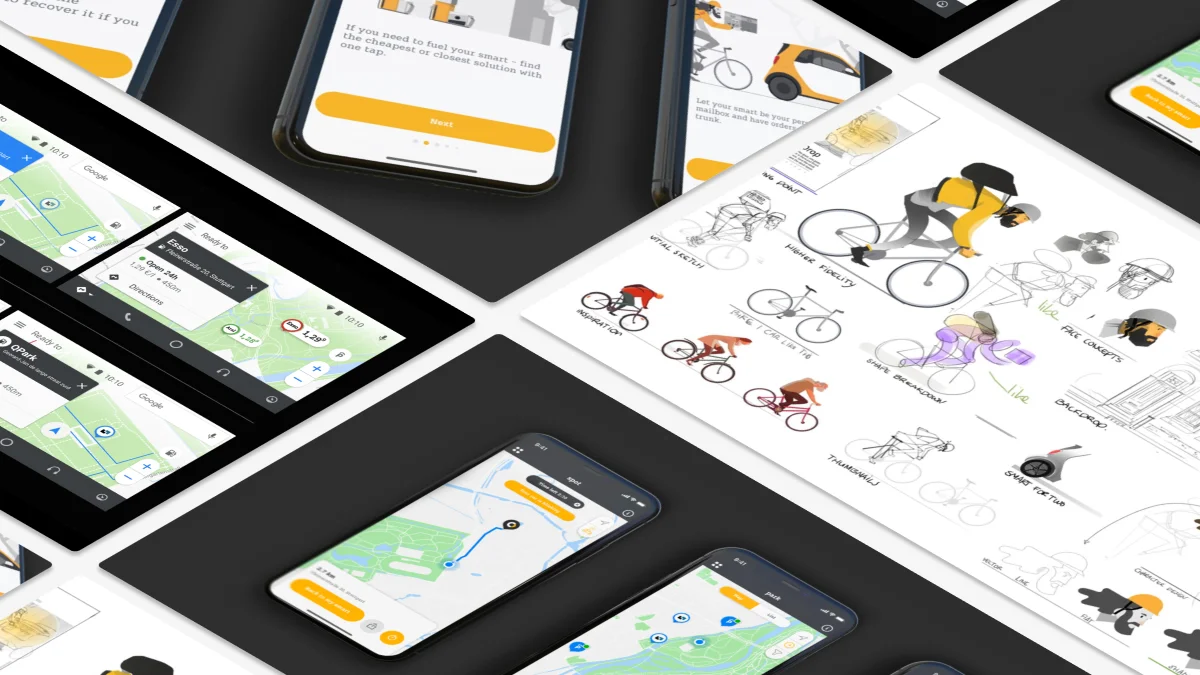
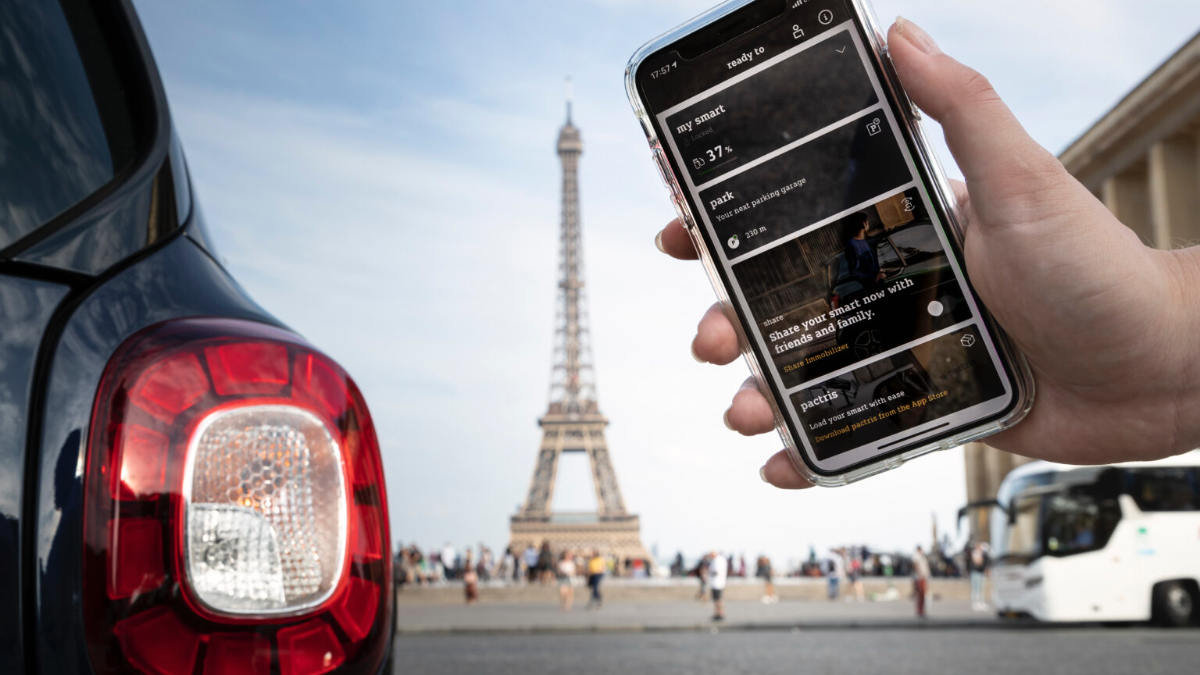
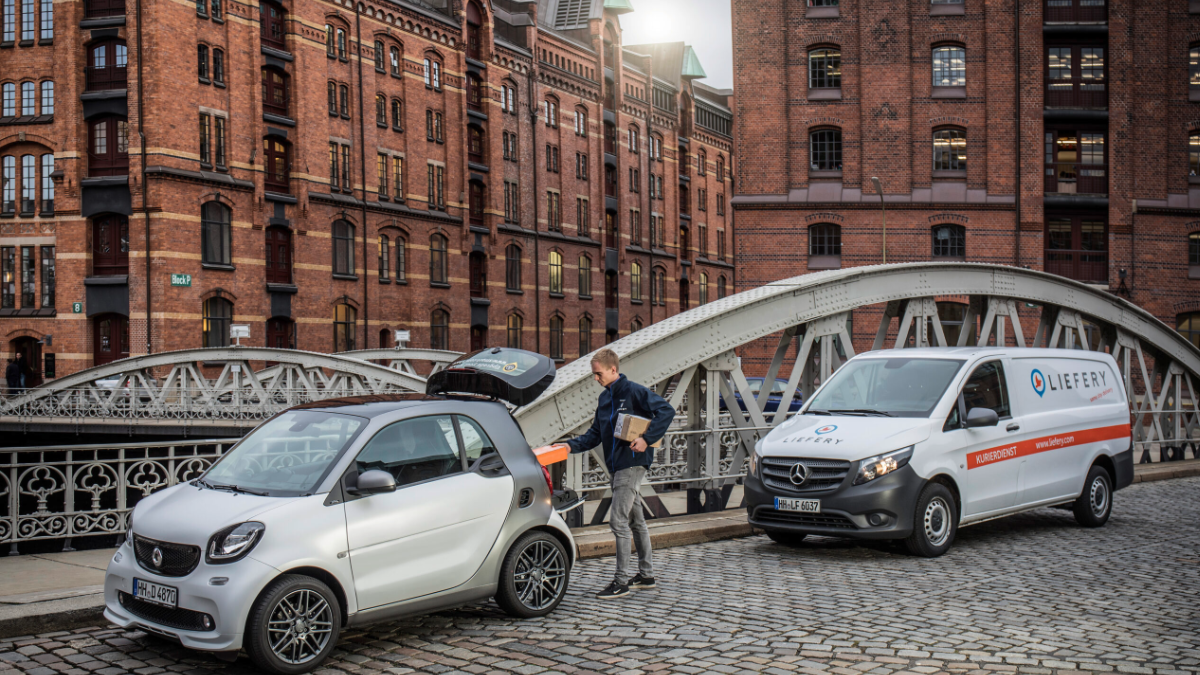
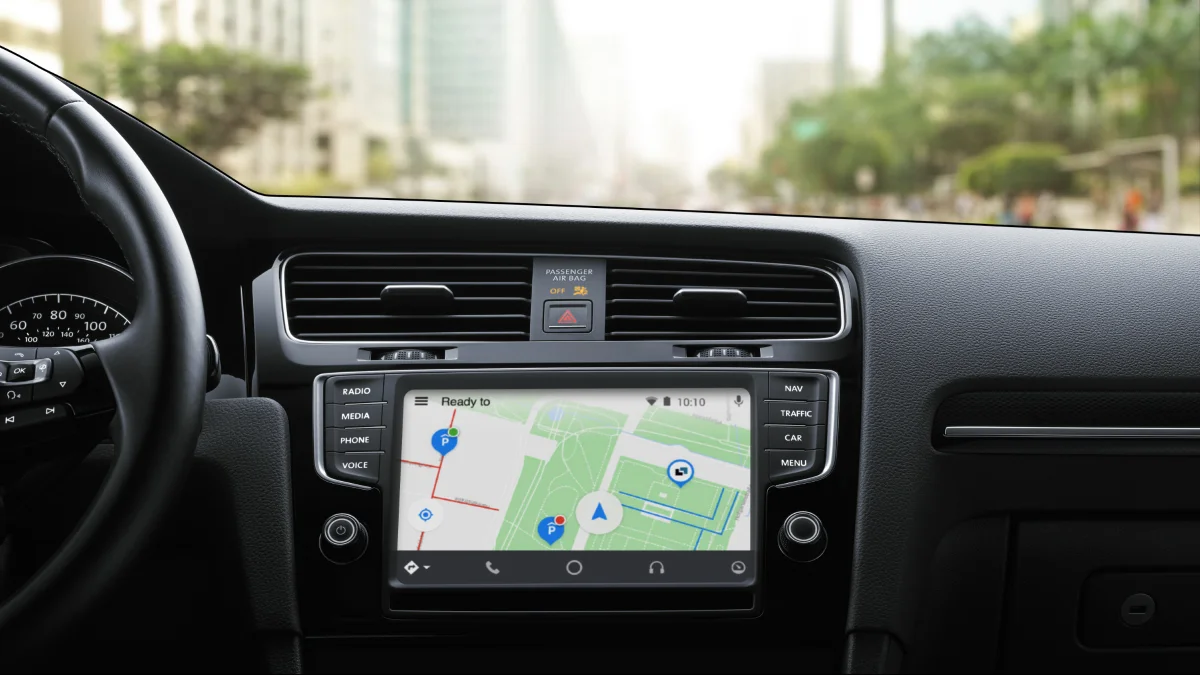
We began by studying how people actually moved through cities—their habits, frustrations, and small routines that shaped every trip. Those insights became the foundation for a system designed to feel intuitive and human. Whether booking parking, sharing a car, or finding a charging spot, each interaction needed to be effortless.
The in-car interface extended that same simplicity. We designed experiences for both Android Auto and Apple CarPlay, as well as Smart’s native infotainment system—making sure drivers could move between devices without thinking about it. Voice controls, navigation, and service shortcuts were all tuned for quick understanding and minimal distraction.
Every service—ready to park, ready to share, ready to drop, and ready to pay—fit together into a single, connected ecosystem. It wasn’t just about driving. It was about freeing people to move however they wanted, with technology quietly smoothing the edges.
The result positioned Smart as a pioneer in urban mobility. The platform reached millions of users globally and was recognized for its innovative blend of design, technology, and everyday utility.
It proved that when you design mobility around people—not machines—you create something that feels less like software, and more like freedom.
